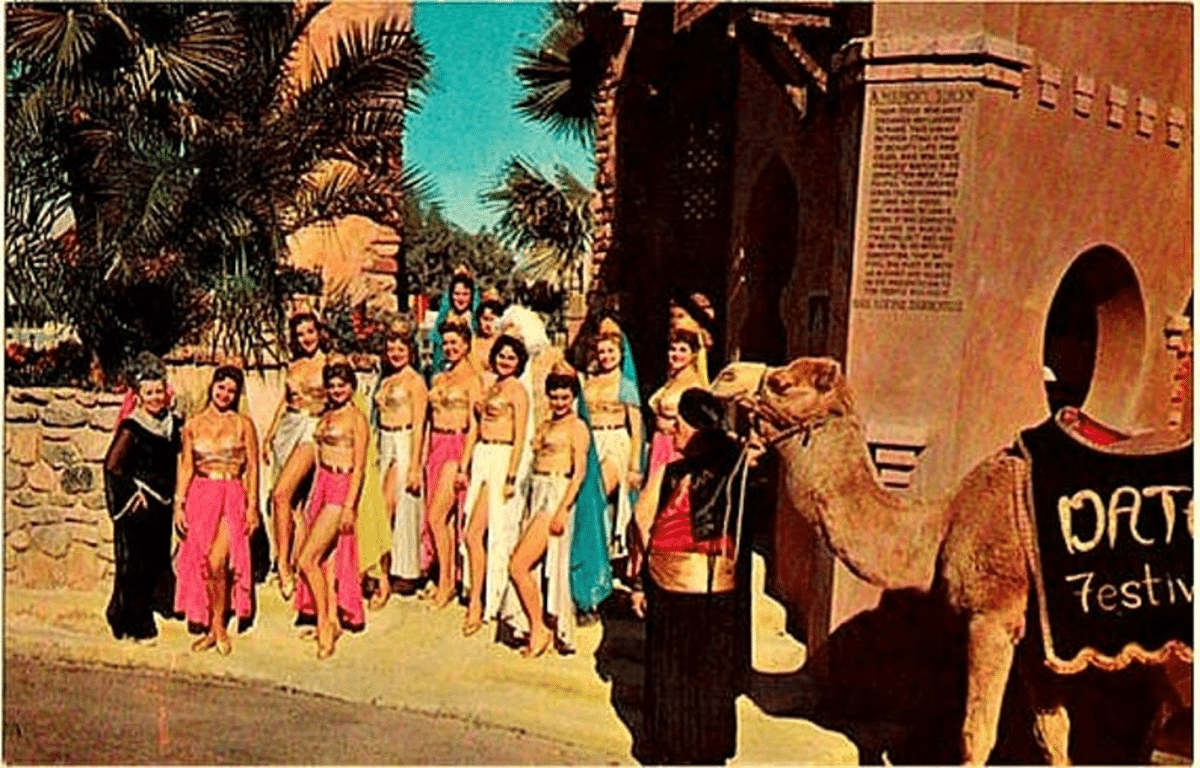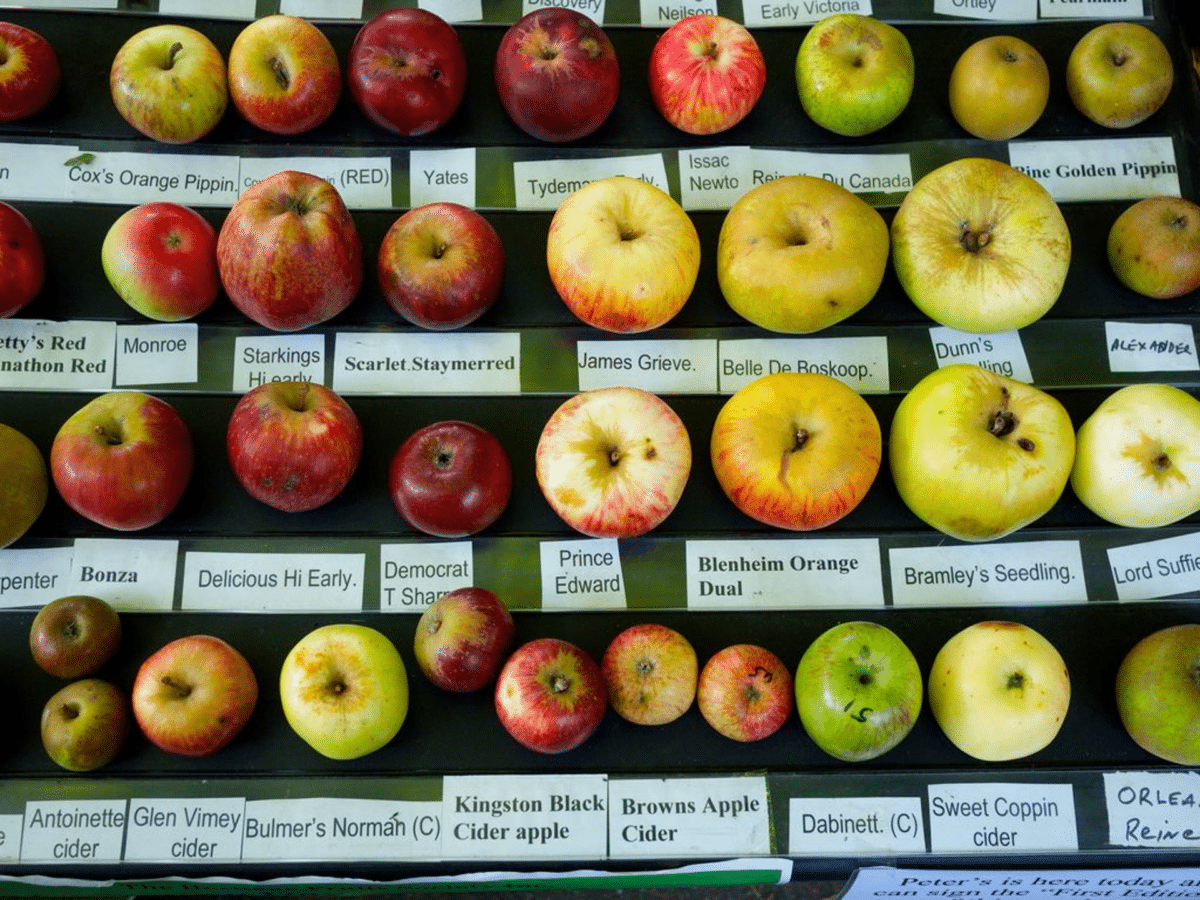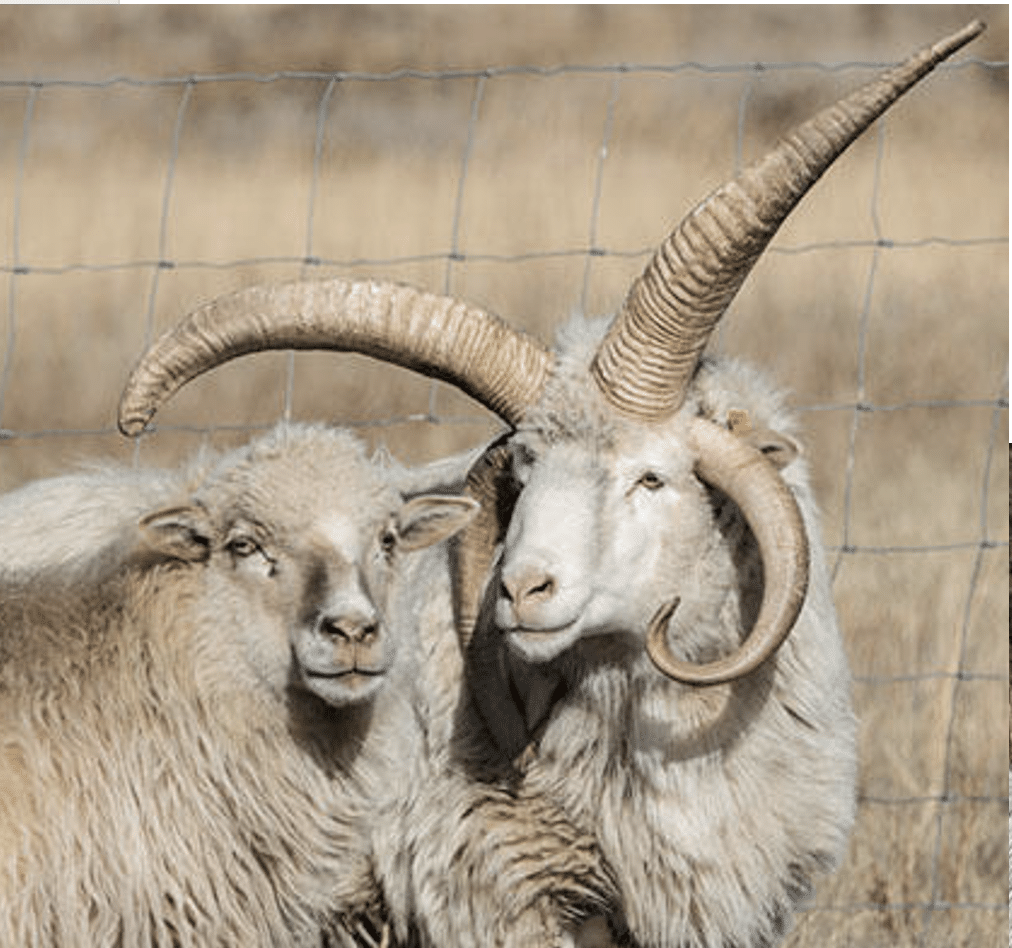The Cook’s Cook was honored to partner with American Ancestors in conversation with culinary historian Sarah Lohman, author of Endangered Eating, America’s Vanishing Foods. AmericanAncestors.org, is the website for the New England Historic Genealogical Society (NEHGS), the country’s leading resource for family history research is a national center for family history, heritage and culture. The mission of American Ancestors is “To advance the study of family history in America and beyond, we educate, inspire, and connect people through our scholarship, collections, and expertise.” This wonderful event in the American Inspiration Series was produced by Margaret Talcott.
Sarah Lohman is a culinary historian, author and public speaker.
Just before Thanksgiving, American Ancestors hosted Sarah Lohman, called an “intrepid gastronomic historian” by the New York Times, Sarah highlighted efforts underway to preserve local culinary traditions and rare, cherished foods in a fascinating illustrated presentation. In our moderated discussion she expanded on topics important to both American history and sustainability.

I can honestly say, without exaggeration, that this is a remarkable book. Before I was invited to moderate this online event, I was unfamiliar with Sarah’s earlier book, Eight Flavors (Simon & Schuster 2016). Both are important works of scholarship and compelling reads.
Slow Food USA and The Ark of Taste
Sarah Lohman travelled the country investigating foods on the Slow Food USA‘s Ark of Taste list. There is difficult history told throughout, but conclusions that the author drew were never about good versus bad. The beauty of the book is her openness and skill as a participant-observer. She explains complex, and often disturbing historical events with large doses of optimism and wit.
Slow Food is an international organization of food activists. It began as a protest against fast food and oppressive food systems in Italy in the 1980s. The Ark of Taste is a living catalog of delicious and distinctive foods facing extinction. By identifying and championing these foods, we keep them in production and on our plates. There are more than 200 foods on the United States Ark of Taste.
"The Ark of Taste invites everybody to take action: In some cases, products need to be rediscovered and put back on the table, and producers need to be supported and to have their stories told; in others, such as the case of endangered wild species, it might be better to eat less or none of them in order to preserve them and favor their reproduction."

This book is a first-person account, but it is not a self-indulgent memoir or travelog. Endangered Eating is an incredibly thorough account of the individuals and communities working tirelessly to revive and preserve their culinary traditions. Each topic is treated with deep respect as the author immerses herself in the various experiences.
Sarah Lohman excels in writing, research and thoughtful reflection in Endangered Eating. The personal descriptive narrative is sprinkled with humor and great empathy. She is as much a cultural anthropologist as an historian. The contemporary interviews and the historical facts are woven together in an easy-to-digest, accessible way. I found myself smiling, frowning, and repeatedly saying “wow, I had no idea,” while thinking of all the people in my life I NEED to share this with.
Thought-provoking, but non-judgmental, everything is based on rigorous historic, scientific and ethnographic research. Sarah’s style is so honest and open, that the book is riveting. While not a cookbook, each chapter ends with a recipe adapted from period cookery sources. The first chapter is about Coachella Dates. The Chock Full of Nuts Date Nut Bread adaption evoked wonderful sensory childhood memories without the aid of any illustrations.

The story of the Newtown Pippin apple, originating in Elmhurst Queens and the the Harrison apple from Newark, New Jersey (where more cider was made than anywhere in New England) was eye-opening. The role of slaves on Thomas Jefferson’s plantation is detailed and exceptionally well documented. Sarah shared her insights and ‘busted’ the accepted myth of why people drank in Colonial America, both in the book and in our conversation. If you’ve always accepted that “people drank fermented beverages because the water was bad,” think again.

The moniker “intrepid” is spot-on to describe her account as a volunteer at a Navajo Churro festival. When offered a freshly butchered piece of raw ram’s stomach, she accepted without hesitation. She was there to learn. Salmon reef-net fishing in the Pacific Northwest was as impressive a feat.
Sarah closed the presentation with thoughtful commentary on ways to empower the communities of indigenous farmers and growers and descendants of the enslaved laborers who are working to revive lost foods and cultural traditions. There is much more to Endangered Eating: America’s Vanishing foods than calls to action, though these are very present, and actionable.
Endangered Eating is a book you may read cover-to-cover in a week (and more than once,) or savor chapter by chapter. I am very grateful to American Ancestor’s for the opportunity to have discovered this work , and I can also recommend her 2016 book, Eight Flavors, The Untold Story of American Cuisine.![]()
Sarah closed the presentation with thoughtful commentary on ways to empower the communities of indigenous farmers and growers and descendants of the enslaved laborers who are working to revive lost foods and cultural traditions. There is much more to Endangered Eating: America’s Vanishing foods than calls to action, though these are very present, and actionable.
It is a book you may read cover to cover- in a week, or savor chapter by chapter. I am very grateful to American Ancestor’s for the opportunity to have discovered this work , and I can also recommend her 2016 book, Eight Flavors, The Untold Story of American Cuisine.
